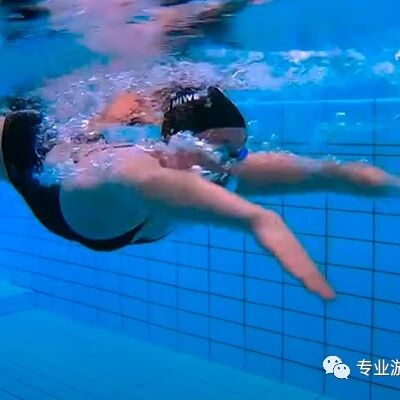The first hurdle for beginners in swimming: Why do you sink as soon as you enter the water, and how can you learn to float?
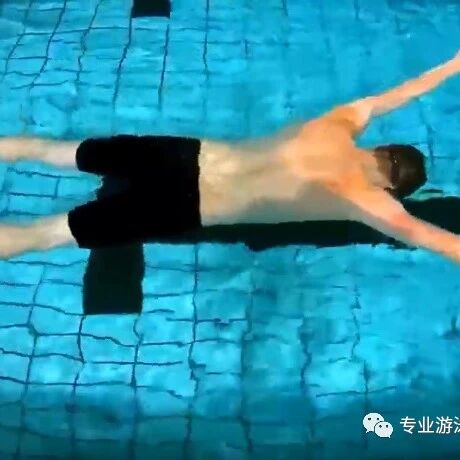
Some readers who want to learn swimming on their own messaged me, noting that my swimming articles mostly focus on improving technical skills—perfect for readers with some existing swimming experience—and asking if I could share some beginner-friendly content for those starting from scratch. In my previous articles, I’ve emphasized the importance of floating, and for complete beginners, the first hurdle often is: "What if I can’t even stay afloat?" That’s exactly why this article was created—to help newcomers overcome that initial challenge and get started confidently in the water.
People who can’t ride a bike easily fall over, while those who already know how to ride find it surprisingly hard—even nearly impossible—to deliberately fall. For someone who’s already mastered swimming, floating is a breeze—they simply lie flat on the water and never sink. In fact, for someone who’s never been in the water before, staying afloat isn’t easy at all; even if they manage to float, they’ll quickly start sinking. The reason? They’re not relaxed enough. So, how exactly can you learn to let go and relax completely?
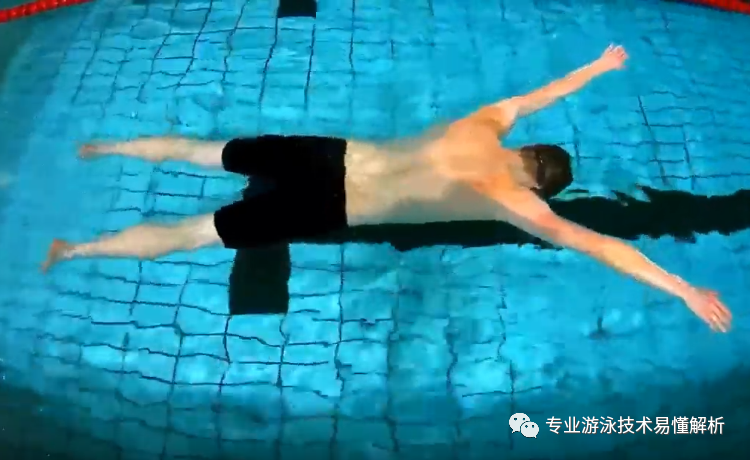
1. Learning to stand in the water is key.
You can only feel confident enough to float if you’re standing steady—confidence, after all, is the essential foundation for relaxation. People with no prior swimming experience often hear news stories like this: "A 1.8-meter-tall person drowned in just 1.2 meters of water," and immediately dismiss it as fake news. But in reality, such tragic incidents aren’t rare at all. In fact, when someone falls into the water and panics, even half a meter of depth can be enough to drown an adult who’s unable to regain their footing.
People who’ve never been in the water often feel anxious about the risk of slipping and falling—especially if their head ends up underwater afterward. Losing your balance in water is surprisingly common, even in just waist-deep conditions, where a “landlubber” might easily slip and struggle to regain their footing. To stay steady in the water, there are two key principles: First, your feet must firmly touch the bottom; second, your head should be the last part to emerge from the water. Under no circumstances should you rush to lift your head before the rest of your body breaks the surface—doing so would only make things worse. A typical mistake? Trying to lift your head too soon without fully planting your feet on the bottom, which leaves you wobbling helplessly and unable to stand upright in the water.
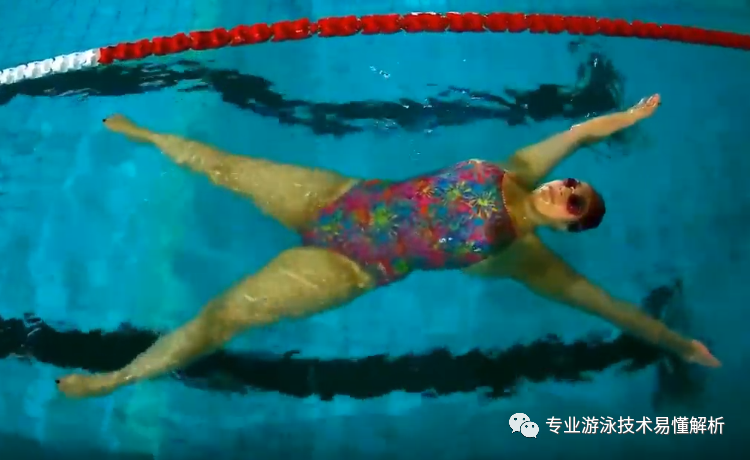
2. Once you’ve stabilized, don’t rush into floating—first, take a calming breath to steady yourself.
Being able to stand confidently in the water doesn’t mean accidents can’t still happen while floating—so staying safe is always crucial. Walk into the pool area where the water reaches just below your armpits, and gently grab the edge or railing. Keep your feet still, lower your head, and slowly submerge yourself underwater—but don’t hold your breath. Instead, exhale steadily through your nose. When you start to feel the need for a fresh breath, slowly lift your head back up.
Common mistakes to avoid: First, holding your breath as your head enters the water. Second, before fully immersing, habitually taking an overly deep inhale—almost as if trying to cram all five minutes’ worth of oxygen into your lungs!
3. Float your legs, then practice standing steadily in the water.
Continue to hold onto the pool edge or railing, but don’t apply too much pressure—just enough to maintain balance. Lightly touch the bottom of the pool with your feet, then submerge your head underwater while exhaling slowly. Keep your eyes fixed on the pool floor until your feet naturally sink; at that point, bend your knees and pull your legs in, finding a stable stance in the water. After practicing standing several times, let go of the pool edge or railing—but keep your arms relaxed, palms facing downward, and shoulders-width apart, extending them forward. Gradually refine your technique until you can stand confidently without holding on. As you grow more comfortable, you can move slightly farther from the pool wall, but always stay in shallow water where you feel secure.
4. Practice the large-character pose, then move on to the leg-hugging exercise.
Once you’ve become comfortable with floating, gently spread your outstretched arms wider apart, lie flat on the water in a large "T" shape, and exhale slowly through your nose. As you release the air completely, slowly stand up. After practicing this "T" position several times, try lowering your arms into the water while floating, then bend your knees, pull your legs toward your chest, and wrap your hands around your calves—keeping your head steady. From there, take a moment to fully absorb the sensation of your body gliding effortlessly in the water. As you continue practicing, experiment by subtly shifting your head left, right, up, and down, noticing how these movements influence your overall body posture.
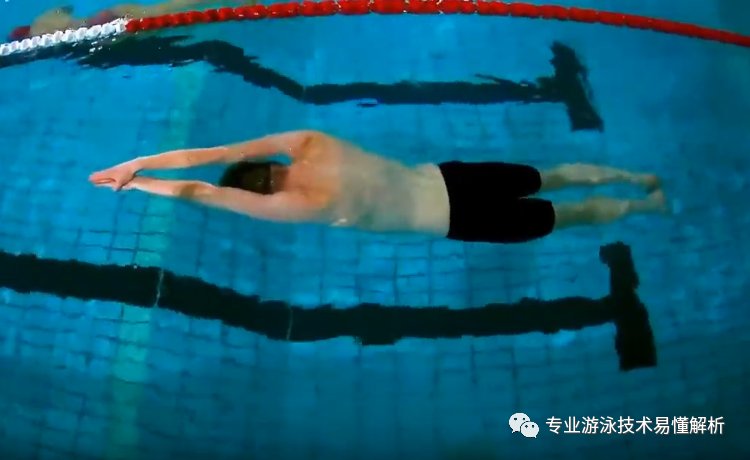
5. The Ultimate Goal of Floating Practice
Floating is all about relaxing your body, enhancing your water awareness—and, most importantly, mastering the art of long-distance gliding. Once you’ve mastered these foundational exercises, extend your arms straight out, push off the pool bottom with both feet, and glide smoothly forward, keeping your arms relaxed throughout. Be sure to practice repeatedly, experimenting with different arm angles, varying the width of your leg stance, and exploring both tucking your core in and letting it relax. Pay attention to how your body feels as you gently move your head up and down, fine-tuning your floating and gliding technique to achieve the longest possible glide. Ultimately, aim to make floating second nature—so whenever you step into the water, start by simply letting yourself float first.
Related Articles
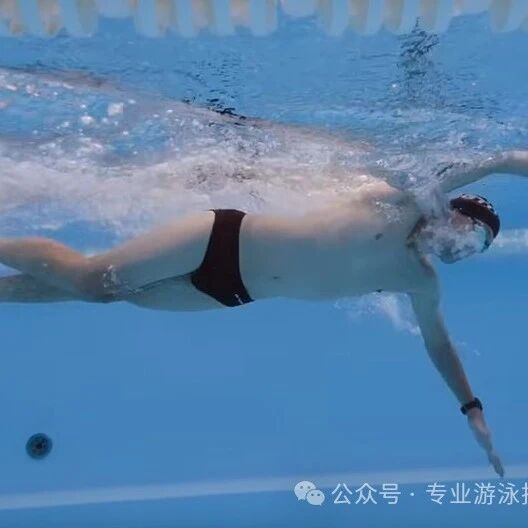
Low power, high-tech skills, and a top-notch mindset—everyone can enjoy relaxed, long-distance swimming.
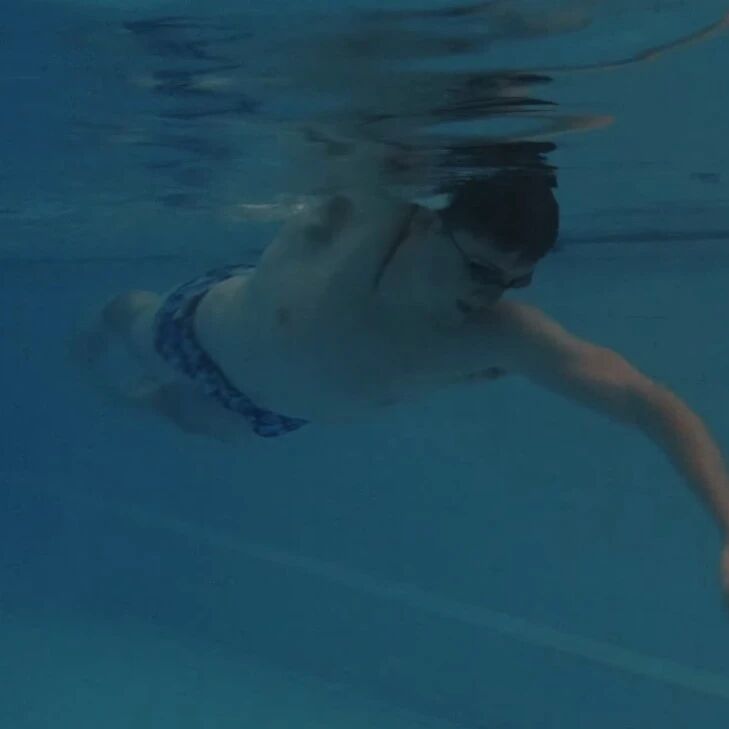
Just one technique to boost your speed: the efficient push-and-power stroke for freestyle swimming.
